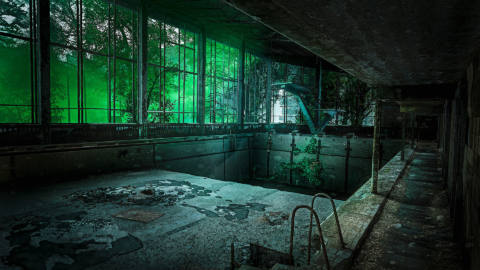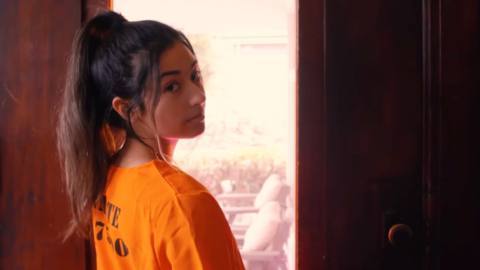
Chernobylite is a game with a lot of things I love – an eerie atmosphere, incredible art direction and a whole suite of ray tracing effects. It’s this last one I want to focus on today, to check out how RT is used on the PC release and the trade-offs made to bring RT to consoles like the PS5 and Xbox Series X. There’s the potential for Chernobylite to become another RT showcase, like Control or Metro Exodus Enhanced Edition, but does it deliver?
Before we discuss the RT implementation, let us talk about the baseline that Chernobylite provides. The developers at The Farm 51 have a real knack for faithfully representing the Chernobyl area, in terms of geography, signage, shapes and atmosphere. The game uses high quality textures sourced from the real Exclusion Zone, giving the game a photorealistic appearance; there’s even a virtual tourism mode that lets you wander around without the stress of the game’s survival horror elements.
Atop this impressive base, Chernobylite uses a good range of RT features from Unreal Engine 4, including ray-traced reflections that are applied even to rougher materials – a decision that makes the tech more visually impactful in a matte, grungy environment like Pripyat. Similarly, the game takes objects kilometres away into account when generating its reflections. It even uses full detail textures and objects in its reflections, rather than computationally cheaper but lower resolution assets with worse geometry or materials as we see in most other games. Finally, all vegetation is captured in these ray tracing reflections; every branch, twig, bush, tree and leaf can be seen if you look at a reflected surface. This is no longer a clean, modern city, and it is key that its reflections actually mirror that. It’s all very impressive and uncomprising – and of course, this doesn’t come cheap.






